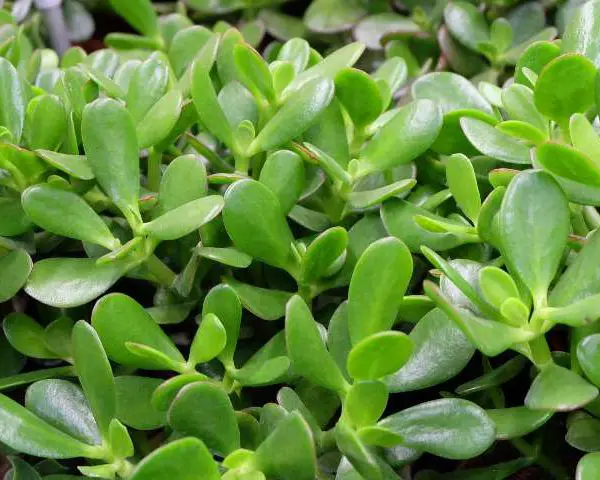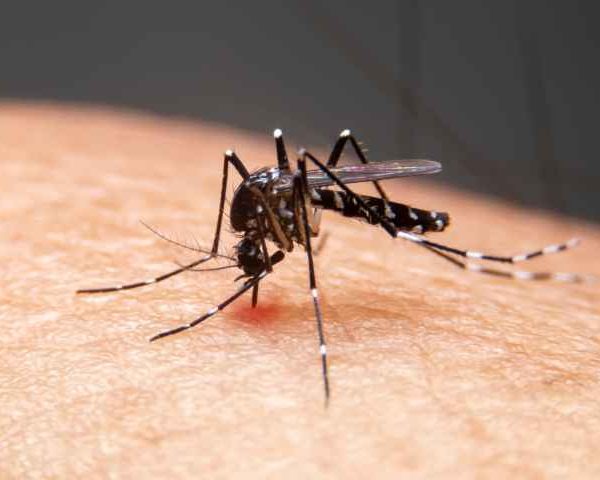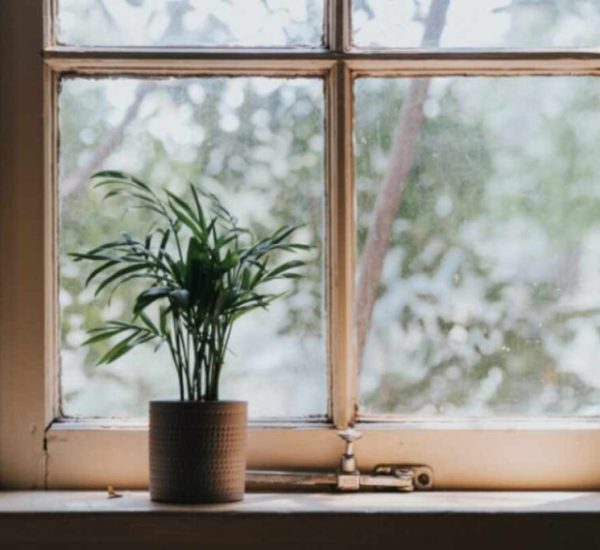Embarking on the adventure of grafting roses may appear reserved for horticultural maestros, but the reality is that this skill is within reach for anyone willing to embrace it. Journey with us as we demystify the steps involved in grafting a rose with a different variety, opening the door to a garden of uniquely blossoming roses, all achieved without additional expenses or wasted time.
Precision in Rootstock Selection:
The cornerstone of a successful rose graft lies in the thoughtful selection of the ideal rootstock. For those venturing into this realm, experts suggest pairing the robust dog rose with the delicate multiflora rose. The adaptable roots of the dog rose flourish in diverse soil conditions, complemented by the shallow roots of the multiflora rose, making it a perfect match for this distinctive grafting technique.
Nurturing Your Rootstock:
To cultivate your rootstock, sow the seeds of both rose varieties or nurture cuttings. In winter, carefully harvest two branches measuring approximately twenty centimeters in length. Come summer, these branches will transform into a thriving seedling, ready for your garden.
Essential Tools and Ideal Conditions:
Before commencing the grafting process, assemble your toolkit, including sanitized scissors and ligature materials. It’s crucial to wait for a balmy 25 degrees Celsius before diving into this botanical endeavor.

Decoding the Grafting Ritual:
- Start by executing a precise perpendicular cut on the branches using the necessary tools. Prune away leaves and thorns beforehand to set the stage for optimal grafting conditions.
- Affix the cut segment to the rootstock, securing it with raffia or a lightweight material to shield the incision.
- After a month, unwrap the concealed potential by gently removing the cover, allowing a careful inspection of the rooting progress.
Ongoing Vigilance and Sculpting:
- In February, delicately trim the rootstock at the graft point.
- As spring unfolds, observe the initial shoot, patiently waiting for it to stretch to a length of fifteen centimeters.
- Trim the shoot with precision, eliminating any exuberant growth encircling the structure.
Tapping into Expert Wisdom:
Always seek the counsel of a seasoned nurseryman, recognizing that not all roses harmonize seamlessly with the art of grafting.

Embark on this unique journey, cultivating a garden symphony where roses of diverse varieties intertwine, creating a visual masterpiece. Grafting roses, while initially intricate, promises a satisfying experience as your garden transforms into a canvas of distinct blooms.



